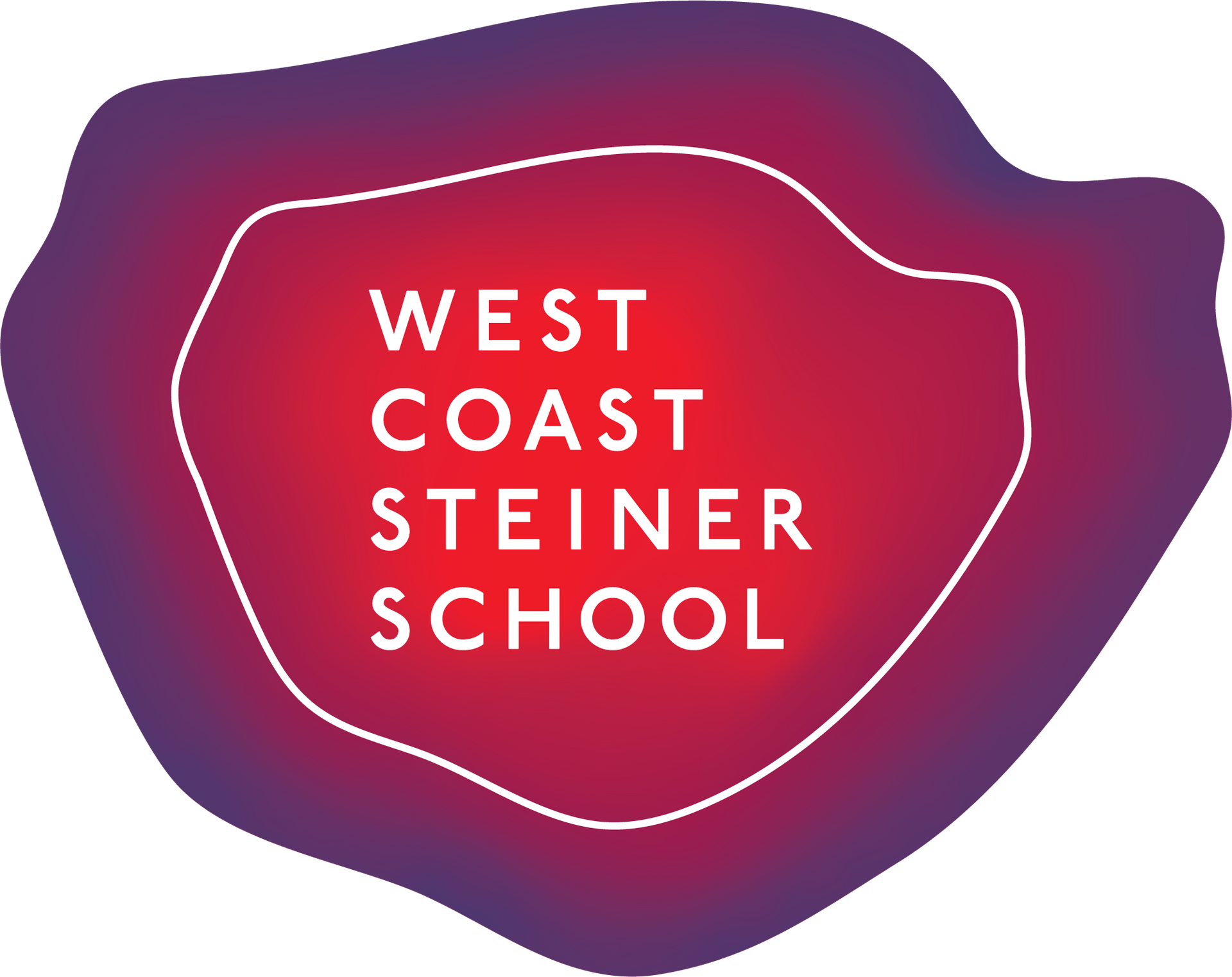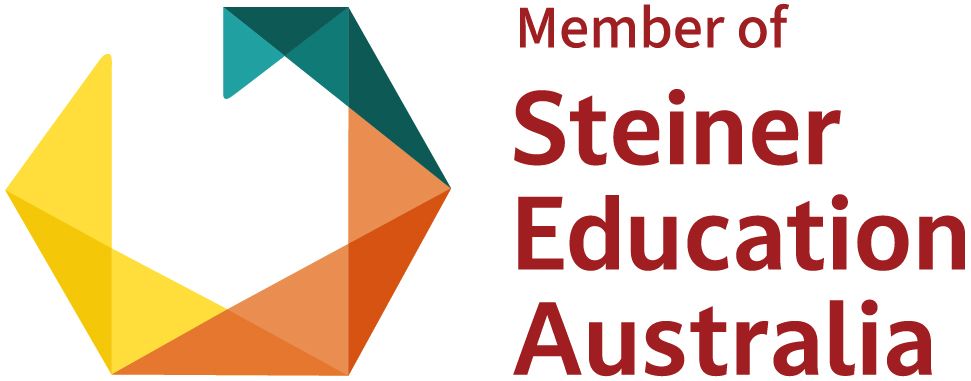ABN: 55 173 177 370
What on Earth is Eurythmy?
Courtesy of waldorfpublications.org
This dance form is an essential part of the curriculum in Waldorf schools. It has its echo in another topic unique to Waldorf schools, Form Drawing. This kind of drawing builds a spatial awareness in children, and leads them to know the drawing of line as movement come to stillness. In Eurythmy many of these forms would appear on the floor if the feet were made of chalk!
Eurythmy was started by Rudolf Steiner as a performance art to make music and speech visible in artistic form
Professor Fred Amrine, at the University of Michigan, recently completed research that places the line of modern American dance in the hands of Rudolf Steiner, following Ruth St. Denis and Isadora Duncan. Rather than self-expression, modern dance began as a disciplined, meditatively-based art form. Steiner took this to new heights to create, through dance, visible music and visible speech.
Year by year in a Waldorf school, the eurythmy teacher calls the children to grace and beautiful movement through exercises, patterns and games with increasing complexity as the children grow.
Students learn to comprehend their own movement in a disciplined way over time, and also the movements of others and the need for space to be maintained thoughtfully between people, not only for oneself. So it has a deeply social instruction in it, too!
Through eurythmy, students hear many different kinds of music, understand intervals and scales, all through movement.
Likewise, children learn that different movements express consonant and vowels sounds to bring the speech into the physical external form.
Ultimately, eurythmy makes for intelligent feet and hands that inform an intelligent head and a thinking heart. These are the goals!
In one Waldorf school, the high school basketball team impressed a public school coach on an opposing team. He asked the Waldorf team coach how he was able to get his team to work so beautifully together on the floor. A tenth grade boy, hearing the question, interjected, “It’s Eurythmy. We all study eurythmy and so we know how to move together and alone.” This about sums it up.
Therapeutic eurythmy can be prescribed for conditions and ailments, even for straightening crooked teeth as one orthodontist discovered. Repeated, carefully planned movements can change the health of the human organism.
Want to learn more about Eurythmy? Visit www.waldorfpublications for a list of titles and keep an eye out for courses via Rudolf Steiner College Perth

